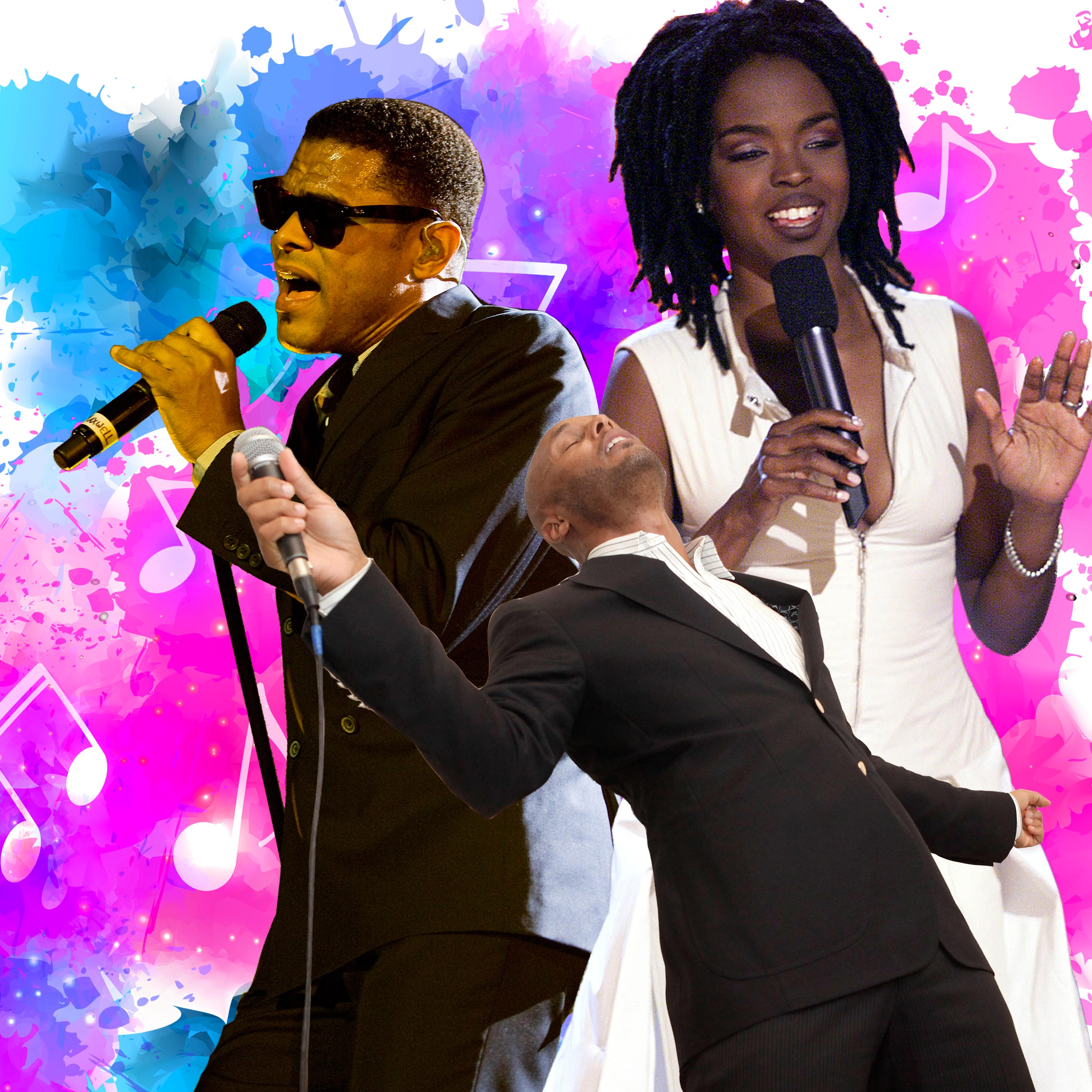
Join me, if you will, on a trip down memory lane.
The year is 1997 and Black Americans are finding themselves in the middle of an artistic renaissance. We are crafting the original Black and bougie vibe that will dominate both cinema and music for the next decade or so. The Neo-Soul music genre has picked up where New Jack Swing left off and we have progressed from one-dimensional pigeonholed cinematic Blackness to diverse portrayals of both upwardly mobile Buppies and around-the-way home girls.
Morris Chestnut, Vivica Fox, Larenz Tate, and Nia Long are household names, and we eagerly await the release of the next Black romantic comedy so we can fall in love with each other and ourselves over and over again.
Enter Love Jones, the cult classic romantic tale of Nina Mosley and Darius Lovehall, two up-and-coming Black artists navigating fair weather friendships, unpredictable careers, and the inescapable allure of Black love. Nina, a photographer, and Darius, a poet/ writer, find themselves unable to deny the chemistry between them. As the ‘Love Jones’ comes down and their complicated feelings for each other grow, they have to decide if it’s worth it for them to make the sacrifices needed to keep passion alive.
Love Jones was a major hit with us for many reasons — what’s not to love about absurdly good-looking 20-something Black folks finding love on dark and stormy Chi-town nights? It was the soundtrack, however, that really brought their love story together. In the 1990s, movie soundtracks were as important, if not more highly anticipated than the movies themselves. Soundtracks were not simply about the accompanying score that set the emotional tone and took us along through plot twists — the songs were the soul and the lyrics were as much a part of the script as the character dialogue.
Twenty years after its release, I returned to the flawless classic that has proven to withstand the test of time.
What makes this the perfect soundtrack is the way in which the songs flow in a story-telling style. Incorporating poetry tracks as bookends to the project spoke to the wave of Spoken Word poets emerging as the voices of a new creative generation. The album opens with Larenz Tate reciting Regie Gibson’s “Brother to the Night (A Blues For Nina),” which also appears in Love Jones (partially based on Gibson’s life). For those unfamiliar with the earlier work of Gil Scott Heron, Sonia Sanchez, or The Last Poets, spoken word was new and exciting, and felt more like the boom bap of MC Lyte than the elegant meters of Maya Angelou.
Subscribe to our daily newsletter for the latest in hair, beauty, style and celebrity news.
Before we knew it, the poetry slams that originated in the mid-1980s were popping up around the world as more people became interested in the competitions that were not unlike hip-hop battles of the same era. Love Jones, then, inspired a poetic reawakening and helped young people become more interested in studying, creating, and performing poetry. Saul Williams became our Heron, Jessica Care Moore became our Sanchez, and a movement was born.
You don’t have to see the movie to enjoy how the soundtrack pieces together a love story that begins with people both seeking love and being on the verge of giving up on it completely.
Dionne Farris, formerly of Arrested Development, delivers a gripping lamentation of a love lost and the struggle to continue on despite the pain in “Hopeless.” Then, they meet, rather unexpectedly, and the sweet spark of potential ignites with “The Sweetest Thing,” performed by Lauryn Hill and the Refugee All-Stars. Coming off of the massive success of The Score by The Fugees, Hill’s voice on a solo track was the perfect addition to the power-packed soundtrack.
As it often happens, the couple is hit with the unexpected “jones.” The Refugee All-Stars, featuring relatively unknown younger siblings of producer Wyclef Jean, R&B duo Melky Sedeck, ease into the project with “I’ve Got a Love Jones For You.” Though poised as a signature track, it was the most underwhelming song on the album, particularly when slated between Hill’s haunting voice and Maxwell (the panty-dropper’s) sensual but upbeat “Sumthin’ Sumthin.’”
The next few songs take us through the couple’s conflict and resolution while providing the soundtrack’s remaining stand out ballads. Amel Larrieux sings neglect and insufficient love with a hip-hop edge (“Never Enough”), Xscape seeks a tearful solace in a remarkable cover (“In The Rain”), and Wilson reflects on what they know is real and the memories they should hold onto (“You Move Me”). Duke Ellington’s and John Coltrane’s “In A Sentimental Mood” infuse the jazzy element that connects the dots for the soundtrack of Nina and Darius’ romance. For many, this was their first exposure to these iconic legends, and they will forever associate it with the two lovers falling deeper into their intense love. Kenny Lattimore and Brand New Heavies round out the all-star line-up of soulful talent masterfully pieced together to create an enduring work of art.
Love Jones encouraged listeners to believe in the perfection of true love and the endless possibilities that come with finding The One. At just over an hour long, the Love Jones soundtrack cajoles even the most scorned lover to consider forgiveness. It was important for Black women, especially, to see themselves loved and fought for on screen at a time when the modern romantic comedy was becoming boringly repetitive in its centering the emotional neediness of White women. Black women deserve to have the intricacies of our romantic experiences shared on the big screen, too.
The Love Jones soundtrack took us through a delicate and complex aural journey that gave many Black women, who had long-believed they were unworthy of love, hope. And 20 years later, it remains one of the most important soundtracks in modern cinema.
